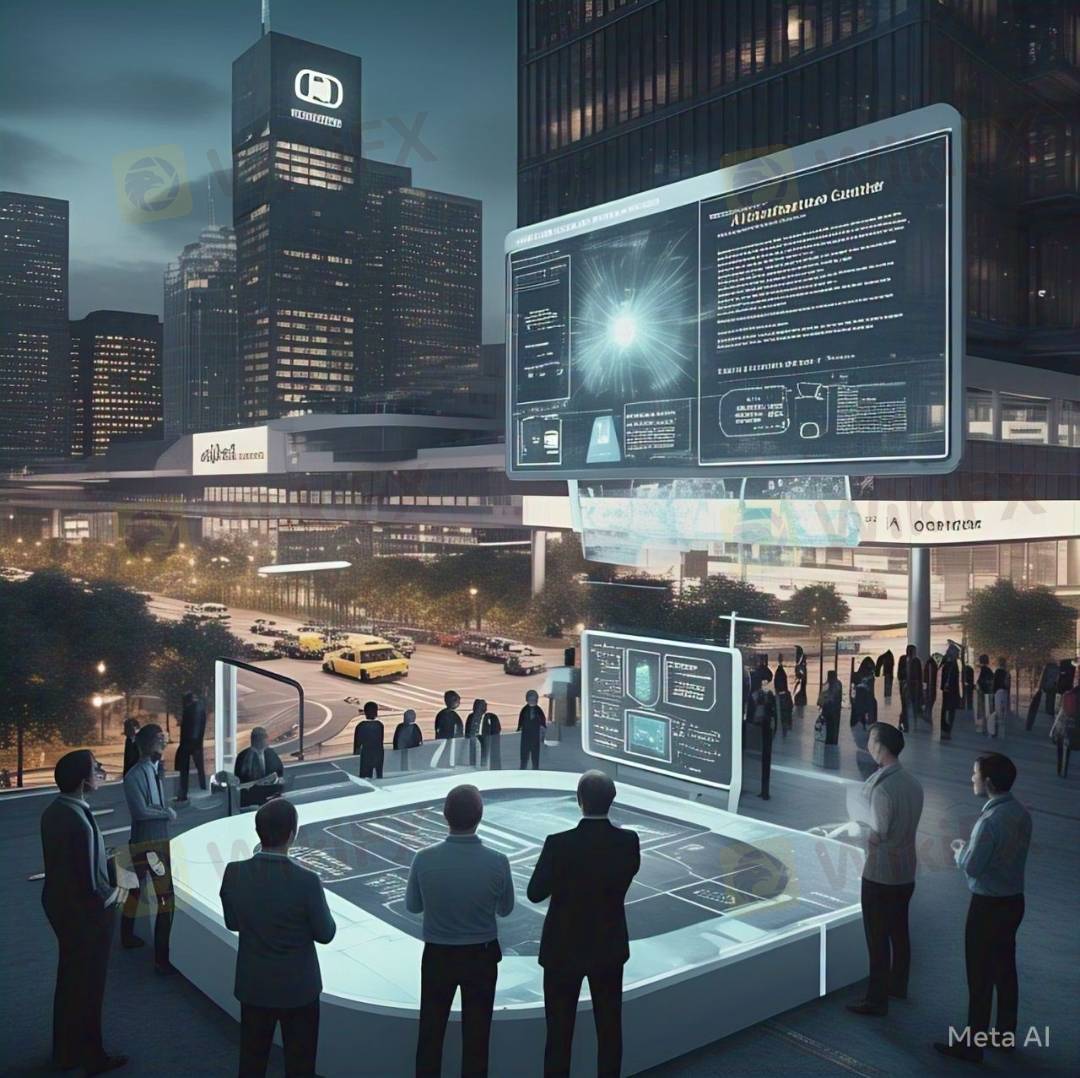
2025-02-17 16:34
IndustryThe Economics of Artificial Intelligence
#firstdealofthenewyearastylz
Here's an overview of the economics of artificial intelligence:
Types of Artificial Intelligence
1. Narrow or Weak AI: Designed to perform a specific task, such as facial recognition or language translation.
2. General or Strong AI: Aims to perform any intellectual task that humans can, with the ability to reason, learn, and apply knowledge.
Economic Benefits
1. Increased Productivity: AI can automate routine tasks, freeing up human resources for more strategic and creative work.
2. Improved Decision-Making: AI can analyze vast amounts of data, providing insights that inform better decision-making.
3. Enhanced Customer Experience: AI-powered chatbots and virtual assistants can provide personalized customer support.
4. New Business Models: AI can enable new business models, such as subscription-based services and data-driven products.
Economic Costs
1. Job Displacement: AI may displace certain jobs, particularly those that involve routine or repetitive tasks.
2. Skills Gap: The increasing demand for AI-related skills may exacerbate existing skills gaps in the workforce.
3. Dependence on Data: AI requires vast amounts of data to function effectively, which can create concerns around data privacy and security.
4. Regulatory Challenges: The development and deployment of AI raise complex regulatory challenges, particularly around issues like bias and accountability.
Real-World Examples
1. Virtual Assistants: AI-powered virtual assistants, such as Amazon's Alexa and Google Assistant, are transforming the way we interact with technology.
2. Autonomous Vehicles: Self-driving cars, like those developed by Waymo, are revolutionizing the transportation industry.
3. Predictive Maintenance: AI-powered predictive maintenance, used in industries like manufacturing and healthcare, can reduce downtime and improve efficiency.
4. Personalized Medicine: AI can help personalize medicine by analyzing genetic data and identifying targeted treatments.
Future Outlook
1. Increased Adoption: AI is expected to become increasingly ubiquitous across industries and sectors.
2. Advances in Natural Language Processing: Improvements in NLP will enable more sophisticated human-AI interactions.
3. Rise of Explainable AI: As AI becomes more pervasive, there will be a growing need for explainable AI, which can provide transparency into AI decision-making.
4. Growing Concerns Around Bias and Ethics: As AI becomes more widespread, concerns around bias and ethics will continue to grow, requiring ongoing attention and debate.
Like 0

Shelli
Broker
Hot content
Industry
Event-A comment a day,Keep rewards worthy up to$27
Industry
Nigeria Event Giveaway-Win₦5000 Mobilephone Credit
Industry
Nigeria Event Giveaway-Win ₦2500 MobilePhoneCredit
Industry
South Africa Event-Come&Win 240ZAR Phone Credit
Industry
Nigeria Event-Discuss Forex&Win2500NGN PhoneCredit
Industry
[Nigeria Event]Discuss&win 2500 Naira Phone Credit
Forum category

Platform

Exhibition

Agent

Recruitment

EA

Industry

Market

Index
The Economics of Artificial Intelligence
 Hong Kong | 2025-02-17 16:34
Hong Kong | 2025-02-17 16:34#firstdealofthenewyearastylz
Here's an overview of the economics of artificial intelligence:
Types of Artificial Intelligence
1. Narrow or Weak AI: Designed to perform a specific task, such as facial recognition or language translation.
2. General or Strong AI: Aims to perform any intellectual task that humans can, with the ability to reason, learn, and apply knowledge.
Economic Benefits
1. Increased Productivity: AI can automate routine tasks, freeing up human resources for more strategic and creative work.
2. Improved Decision-Making: AI can analyze vast amounts of data, providing insights that inform better decision-making.
3. Enhanced Customer Experience: AI-powered chatbots and virtual assistants can provide personalized customer support.
4. New Business Models: AI can enable new business models, such as subscription-based services and data-driven products.
Economic Costs
1. Job Displacement: AI may displace certain jobs, particularly those that involve routine or repetitive tasks.
2. Skills Gap: The increasing demand for AI-related skills may exacerbate existing skills gaps in the workforce.
3. Dependence on Data: AI requires vast amounts of data to function effectively, which can create concerns around data privacy and security.
4. Regulatory Challenges: The development and deployment of AI raise complex regulatory challenges, particularly around issues like bias and accountability.
Real-World Examples
1. Virtual Assistants: AI-powered virtual assistants, such as Amazon's Alexa and Google Assistant, are transforming the way we interact with technology.
2. Autonomous Vehicles: Self-driving cars, like those developed by Waymo, are revolutionizing the transportation industry.
3. Predictive Maintenance: AI-powered predictive maintenance, used in industries like manufacturing and healthcare, can reduce downtime and improve efficiency.
4. Personalized Medicine: AI can help personalize medicine by analyzing genetic data and identifying targeted treatments.
Future Outlook
1. Increased Adoption: AI is expected to become increasingly ubiquitous across industries and sectors.
2. Advances in Natural Language Processing: Improvements in NLP will enable more sophisticated human-AI interactions.
3. Rise of Explainable AI: As AI becomes more pervasive, there will be a growing need for explainable AI, which can provide transparency into AI decision-making.
4. Growing Concerns Around Bias and Ethics: As AI becomes more widespread, concerns around bias and ethics will continue to grow, requiring ongoing attention and debate.
Like 0
I want to comment, too
Submit
0Comments

There is no comment yet. Make the first one.

Submit
There is no comment yet. Make the first one.